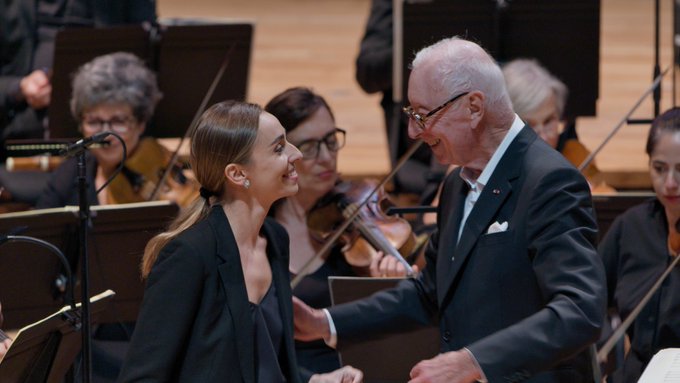 Coming back from Orléans (France) on March 2010 for the Second conference "Mathematics and Image processing" (Deuxième colloque "Méthodes mathématiques pour l’image") organized at MAPMO. Having presented stuff on Statistical estimators based on Stein's principle for M-band wavelets and filter banks (abstract, slides, codes). Waiting in a train, staring again (and pixing) at the eight-seat compartment numbering once discussed here.
Coming back from Orléans (France) on March 2010 for the Second conference "Mathematics and Image processing" (Deuxième colloque "Méthodes mathématiques pour l’image") organized at MAPMO. Having presented stuff on Statistical estimators based on Stein's principle for M-band wavelets and filter banks (abstract, slides, codes). Waiting in a train, staring again (and pixing) at the eight-seat compartment numbering once discussed here.  Since Igor Carron posted this Magic trick for summer vacations on Nuit Blanche (constest won by Laurent Jacques), I propose the following one again. Pictures attest the realness of the data, in contrast to Igor thought experiment (vicious tackle). Seat numbering is split in odd and even (unlike in six-seat cars), face-to-face, as:
Since Igor Carron posted this Magic trick for summer vacations on Nuit Blanche (constest won by Laurent Jacques), I propose the following one again. Pictures attest the realness of the data, in contrast to Igor thought experiment (vicious tackle). Seat numbering is split in odd and even (unlike in six-seat cars), face-to-face, as:
.1 .3 .7 .5
.2 .8 .4 .6
The 3 (mod 8) sum is obvious. Easy enough for front-to-front booking by ancient computers. So why not the simple child Gauss-like arrangement?
.1 .3 .5 .7
.8 .6 .4 .2
Suspect some kind of compressive coding of seat booking? Contributions welcome.
One good reason to listen on Nits again - The train. TGIF; my train of thoughts is leaving (le train de mes pensées s'égare).
Or Alan Parson's project - Turn of the friendly card:


Since the sum = 3 (mod 8) and it fits with a computer related explanation why would you look for a more complex solution ?
ReplyDeleteIgor.
Because it is not a natural solution. Why swapping the natural order?
ReplyDeleteCould you imagine the technical description given to all level of management to enforce that peculiar numbering?
ReplyDelete